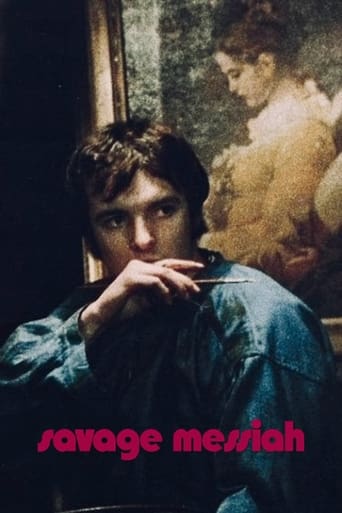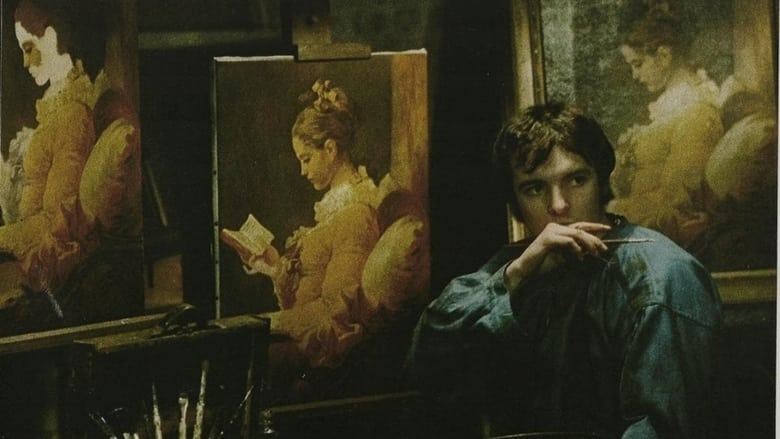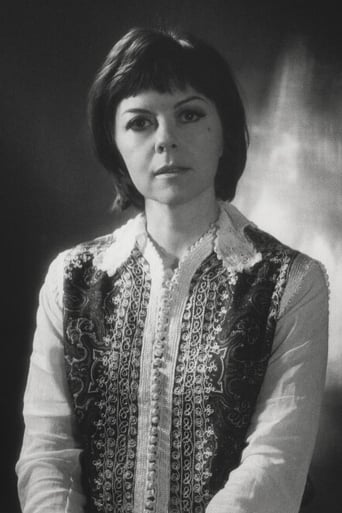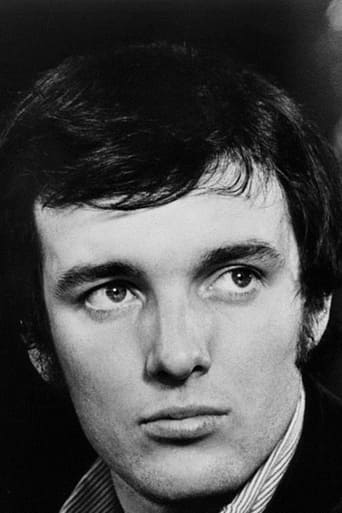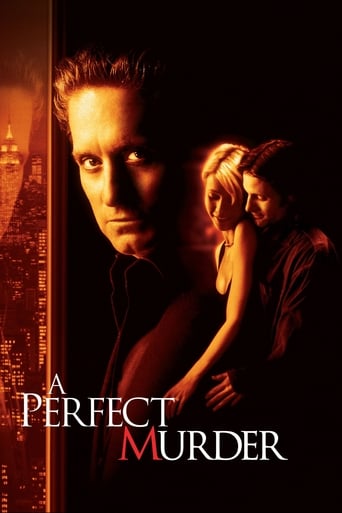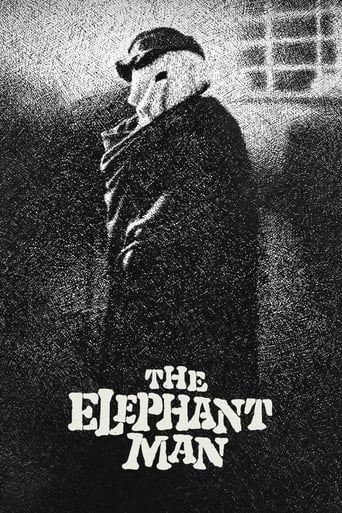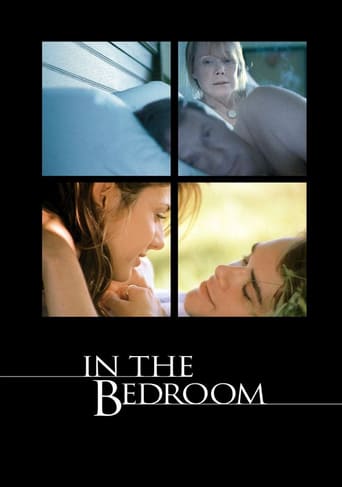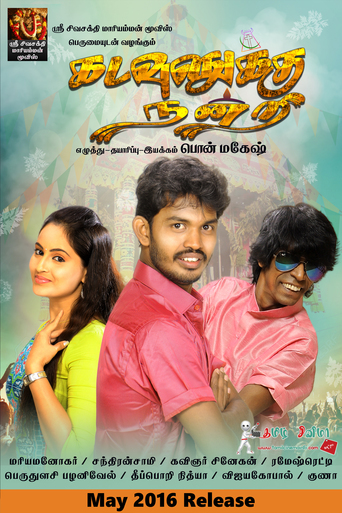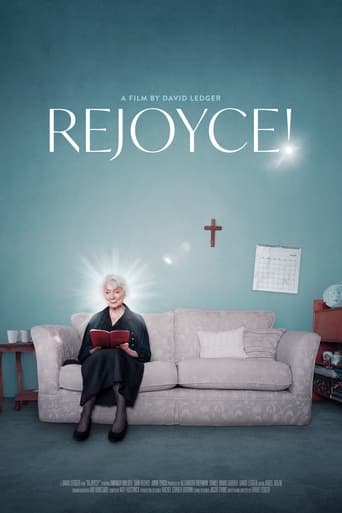Savage Messiah (1972)
In the Paris of the 1910s, brash young sculptor Henri Gaudier begins a creative partnership with an older writer, Sophie Brzeska. Though the couple is 20 years apart in age, Gaudier finds that his untamed work is complemented by the older woman's cultural refinement. He then moves to London with Brzeska, where he falls in with a group of avant-garde artists. There, Gaudier encounters yet another artistic muse in passionate suffragette Gosh Boyle.
Watch Trailer
Free Trial Channels
Cast


Similar titles
Reviews
Overrated and overhyped
not as good as all the hype
This is a small, humorous movie in some ways, but it has a huge heart. What a nice experience.
Great example of an old-fashioned, pure-at-heart escapist event movie that doesn't pretend to be anything that it's not and has boat loads of fun being its own ludicrous self.
"Savage Messiah" 1972, remains an interesting conundrum in Ken Russell's maniacal retelling of the lives of tortured artists. Russell tackled some big names during his heyday in the 1970s: Tchaikovsky, Mahler,Liszt. The flamboyant director switched gears from musical geniuses to observe a second-tier sculptor, one Henri Gaudier- Brzeska. Only Ken Russell would have resurrected this forgotten artist and put his brief life story on the screen. The results of the director's mania for depicting artists as driven wretched humans who live outside the norm failed at last. "Savage Messiah" is a hot mess. Russell's famous visual styling is lukewarm at best here, only in a few scenes do we see the explosions of color and texture Russell is famous for. The Vortex nightclub and the dinner at Angus Corky's are pure Russell, which is to say, that people are monstrous and behave monstrously when given the chance. The rest of this movie is a shrill, incoherent assemblage of scenes documenting Gaudier's bizarre affair with Sophie Brzeksa, a woman old enough to be his mother. He's a randy 19 year old artistic demon and she's a failed writer who hates sex. They meet, instantly bond for some weird "artistic" reason, argue non-stop about art and culture, finally taking each other's last name in a strange sort of marriage and the rest is history. Watching this is a pretty exhausting affair. The now-forgotten actor Scott Antony wears out his welcome pretty quickly by portraying Gaudier as a screaming out-of-control artist who shouts platitudes about art incessantly. That is, when he's not physically jumping over anything in his path and dribbling food/drink all over himself in a metaphorical visual about devouring everything in order to create. One wonders if Antony decided to play Gaudier as a borderline sociopath or if Russell urged him to go full throttle. One suspects the latter, as subtlety was never Russell's strong point. We get it, Ken. Artists are passionate. Russell shovels the Bohemian lifestyle on the viewer with a bulldozer.So, by the end of this tale of art and the makers of, we learn that Gaudier-Brzeska dies at the tender age of 23 in WW1. His work is showcased at the film's finale and the viewer wanders off to get aspirins. Not much sticks in the viewer's memory with the exception of an astonishing nude scene by none other than Dame Helen Mirren. This must be seen to be believed and seems to be the most remembered thing about this film. Set design by the brilliant infant terrible of the 70s UK art scene, Derek Jarman. He designed the sets for "The Devils" which are unforgettable. Jarman echoes those sets here. Costumes by the equally brilliant Shirley Russell.Not a complete failure, but very close for Russell. There's a reason this has been a forgotten film, but worth a look if you need to complete your Russell library. By the way, if watching look for the scene in the Louvre in which Gaudier decides to perch on the enormous Easter Island head while raving about primitives. The head is obviously made of paper-mache and it wobbles underneath the actor.
This is a really dreadful film! I remember going to the cinema one Tuesday afternoon in 1972 thinking Savage Messiah was probably an action thriller. Instead, I found I was watching an arty biopic of a French sculptor that I had never heard of. Scott Antony who plays the sculptor spends almost the entire film shouting and acting in an overly manic way. Believe me, ten minutes in the company of this fella and you would want to strangle him. His relationship with an older woman played by Dorothy Tutin did nothing for me as she too was prone to manic outbursts.I will, however, be eternally grateful to Savage Messiah for introducing me to the lovely Helen Mirren. After ten minutes of watching this film I was tempted to leave the cinema, but I stuck it out and was rewarded with the best full frontal nude scene that I have ever seen in a mainstream film. As my eyes almost popped out of my head I waited for the final credits to see who the luscious creature was who had played Gosh Boyle. I have been a huge fan of Ms.Mirren ever since.I do have this film on VHS, recorded when on TV, but only watch it to admire the lovely Helen whose beauty will remain forever.
Savage Messiah is not the easiest of Ken Russell's films. But it is for me the one that deserves our enduring respect as well as the most worthy of securing his place in film history. This is in no small part due to the very articulate script by the great Christopher Logue and glorious sets by Derek Jarman; as well as the impassioned performances of the three main characters. But it is to the director that goes credit for pulling together the artistic vision. We could point out many flaws from specific (more familiar) perspectives; yet the overall film succeeds so admirably in its primary thrust that many such 'criticisms' would be little more than evidence of the viewer missing the point.The story is a loose biopic of Henri Gaudier, an important and exuberant artist of the early 20th century, who developed a rough-hewn style influencing 20th century modernist sculpture. He abandoned highly finished, polished styles of classical sculpture in favour of an art that is raw and passionate. An 18-year-old self-taught Parisian of great talent and rash, grandiose outbursts, he develops an intense but platonic relationship with Sophie Brzeksa, a cultured woman much older than himself. Their relationship is one of highly charged but unconsummated sexual attraction.Moving to London, Henri takes his partner's last name. His fame increases as he forefronts Vorticism (which has similarities to Cubism and Futurism). But Gaudier's genius was only recognized after his death at the age of 24, falling in WWI, as a French Army hero twice promoted for bravery. In the film, Russell concentrates on the source of his creativity, his zeal to express his vision, the passionate rage that filled him. Brzeksa's antithesis – and in a way his 'second' muse – is the suffragette Gosh Boyle. Fiercely sexual in a very practical way, Boyle is almost (but not quite) Gaudier's 'Kundry.' While he is a very sexual young man, his art, and his passion for his art, fortunately always comes first. At one point when Brzeksa is refusing his advances, he demands of her five shillings for a whore. Although they are almost penniless, she gives it to him. He pays the whore and uses her to pose for life drawings. But Gosh Boyle is not simply a society siren. In a scene that burns itself on the brain, Helen Mirren, as Gosh, descends a staircase of magnificent Jarmanesque grandeur. It is quite simply perhaps the finest nude scene in film history. Mirren becomes the Greek goddess. Visually she epitomises the height of Greek art – that Gaudier nevertheless wishes to break away from. Sex with Brzeksa (if it ever happened) would be a bonding at the creative level. Sex with Gosh is simply two nice individuals sharing their sexual needs (with good taste).Brzeksa is writing a book entitled, "Truth – a novel of the Spirit." Gaudier tells her, "You're a genius!" Adding, "I know that cos I'm a genius too." Early scenes have Gaudier publicly making fun of famous sculptures, grabbing stone breasts and so on, leaping around exhibits as if they are playthings, taunting museum security while delivering a tirade. "Art is sex and art is revolution!" Dialogue comes fast and furiously, debating art, the meaning of art, its value, creativity and the sources of creativity, whether art begets art and whether anything is truly original.As a sculptor, Gaudier speaks of the stone 'leading the artist in.' But his passion for the work is like the fusion of hydrogen and oxygen, creativity exploding on the viewer with unstoppable force. He is the 'mad' artist whose madness rents the veil of the world. One night he captivates a dinner party and Bond Street gallery owner with his ideas. They excuse his atrocious table manners in the name of art, but insist he produce a torso that he has so eloquently described. He arranges an appointment with the upper-class potential buyer at 8am the next day, steals stone from a cemetery, and works feverishly all night to produce the bust. If artistic licence is used to portray 'facts,' it is done to convey the spirit.A key to understanding the flamboyance of Russell is the work of Antonin Artaud, both his philosophy and his studies of film theory. Artaud sought a cinematic experience powerful enough to throw the viewer beyond their civilised self and rediscover their primitive instincts. Like Gaudier's denunciation of classical art, he rejected the polished result of mainstream cinema that, in many ways, tries to replicate reality or become a variation of the literary/theatrical experience. He also rejects the verité style that can be devoid of emotion. Artaud proposal is diametrically opposed to Brechtian distanciation. Artaud, who was a strong influence on Russell, was the opposite: he would seek to overpower the audience with sensory input and thence achieve a sort of trancelike state. His technique is often referred to as 'theatre of cruelty,' stripping away the veneer of civilization, disturbing audience by revealing the forces of nature. Russell's Gaudier also strips away rose-tinted social fallacies. "You know the public – if an artist isn't miserable, he's nothing!" He prophesises the effect of the war: "If the war comes it will kill the artists but not the dealers." The enthusiastically polemic tone can be tiring for the viewer. There are points where we want to sympathise with his critics and tell him to "shut up and grow up." We would like Russell to offer up Gaudier for our delectation in more traditional or intellectual style. But to do that would not only be untrue to Gaudier and the creative spirit described. It would be untrue to Russell.This self-financed film was a commercial disaster for Russell. Yet he still describes it as his best film and the one for which he would most wish to be remembered. If that is to happen, it will, at some point, need to become more readily available.
Ken Russell did it with Valentino, Tchaikovsky, Mahler, and Lizst. He made British movies of these non-British geniuses, biographical at the obvious level, with satire and pathos lurking beneath the obvious layer. "Savage messiah" is once again a biopic of an eccentric French sculptor Henri Gaudier-Brzeska, though not as famous as Russell's three musical composers or the ballet dancer he made films about, yet a gifted French genius (an outsider in British society) who finds a Polish spouse 20 years his senior in real life ("ugly", he calls her in the film), intelligent, creative and sensitive as the sculptor but disinterested in sex. Russell captures the rich world of artist's agents, the rich who frequent art galleries and museums, rich society's rules that give importance of tucking in shirt-tails while appreciating art in museums, the rich copying art and passing the results off as genuine works...Russell's film captures the brave suffragettes (in the character of Gosh Boyle, played by the stunning young Dame Helen Mirren, who even appears nude) who are not averse to sex and nudity and contrasts them with the lead character of Sophie Brzeska (a charismatic portrayal by Dame Dorothy Tutin), who never takes off her clothes and is openly averse to sex.The director makes the viewer virtually taste the cabbage in the soup made by the poor artists as the rich agent savors the bad concoction. That is an example of Russel at his best.The film is a love story--an unusual one. There is sexual energy that exudes in the cutting of cabbages by Dame Dorothy that seems to have been copied decades later in the vegetable chopping by Cate Blanchett in the recent film "Bandits". The death of the artist is captured by still photographs of the World War and his spouse viewing his sculptures in a public gallery.The film is a remarkable work of two great actors--Dame Dorothy Tutin and Dame Helen Mirren--honored by the British Queen much after the film was made.Russell and set designer Derek Jarman dishes out a movie that may not be outstanding but worthy of note to any one who appreciates the genius among artists and what they have to battle against in the quest to state the truth and tear down pretensions in society. It is a tragic tale of a genius nipped in the bud. Only his spouse, herself a loser among "geniuses", seems to realize this.

